GodOfRustyNails
Jr. Member
- Joined
- Jul 8, 2007
- Messages
- 38
- Reaction score
- 0
- Golden Thread
- 0
- Location
- South Bend, In
- Detector(s) used
- Whites M6
I am not sure to make of this pile of rocks. What I have found were several hundred rocks that have definitely been broken into shards. The majority of them do not look worked on but all have the same M.O.:
One side relatively sharp
Other side flat (blunt)
All fit in hand easily
I am positive this is not a natural occurrence but am not convinced they are Indian artifacts either. I have posted some picts but I am not too happy how they have come out. Please let me know what you think. I should also mention I found these right off the St. Joseph River.
Steve
One side relatively sharp
Other side flat (blunt)
All fit in hand easily
I am positive this is not a natural occurrence but am not convinced they are Indian artifacts either. I have posted some picts but I am not too happy how they have come out. Please let me know what you think. I should also mention I found these right off the St. Joseph River.
Steve
Attachments
-
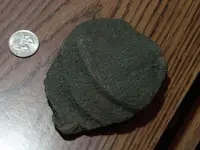 DSC00751.webp36.9 KB · Views: 371
DSC00751.webp36.9 KB · Views: 371 -
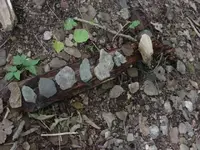 DSC00768.webp62.3 KB · Views: 376
DSC00768.webp62.3 KB · Views: 376 -
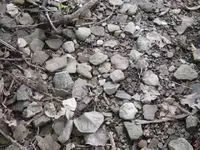 DSC00771.webp73.1 KB · Views: 367
DSC00771.webp73.1 KB · Views: 367 -
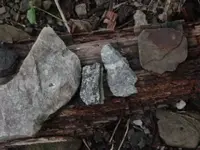 DSC00770.webp35.6 KB · Views: 359
DSC00770.webp35.6 KB · Views: 359 -
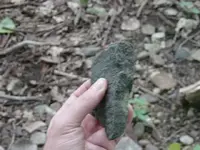 DSC00774.webp29.7 KB · Views: 351
DSC00774.webp29.7 KB · Views: 351 -
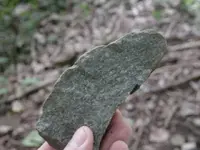 DSC00775.webp27.2 KB · Views: 340
DSC00775.webp27.2 KB · Views: 340 -
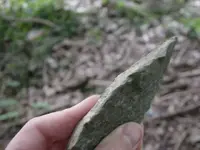 DSC00777.webp22.4 KB · Views: 339
DSC00777.webp22.4 KB · Views: 339 -
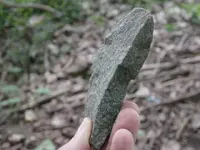 DSC00776.webp30.1 KB · Views: 331
DSC00776.webp30.1 KB · Views: 331 -
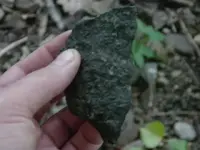 DSC00782.webp18.5 KB · Views: 325
DSC00782.webp18.5 KB · Views: 325 -
 DSC00794.webp25.2 KB · Views: 325
DSC00794.webp25.2 KB · Views: 325 -
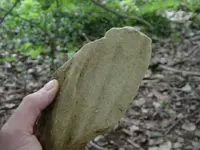 DSC00788.webp32.9 KB · Views: 320
DSC00788.webp32.9 KB · Views: 320 -
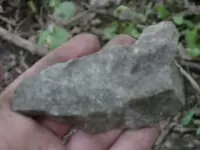 DSC00805.webp17.2 KB · Views: 317
DSC00805.webp17.2 KB · Views: 317
Upvote
0




